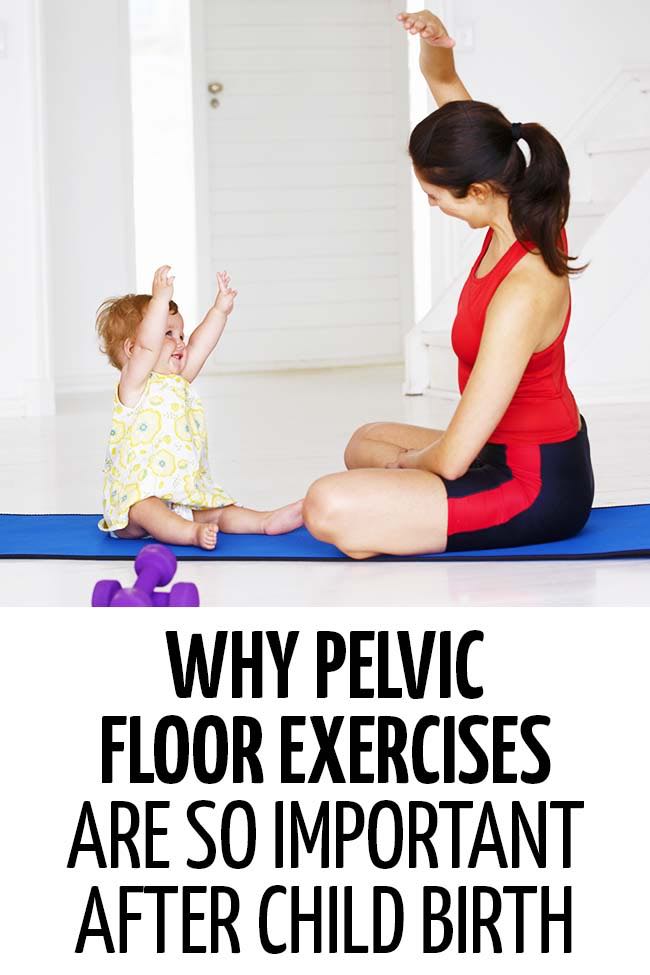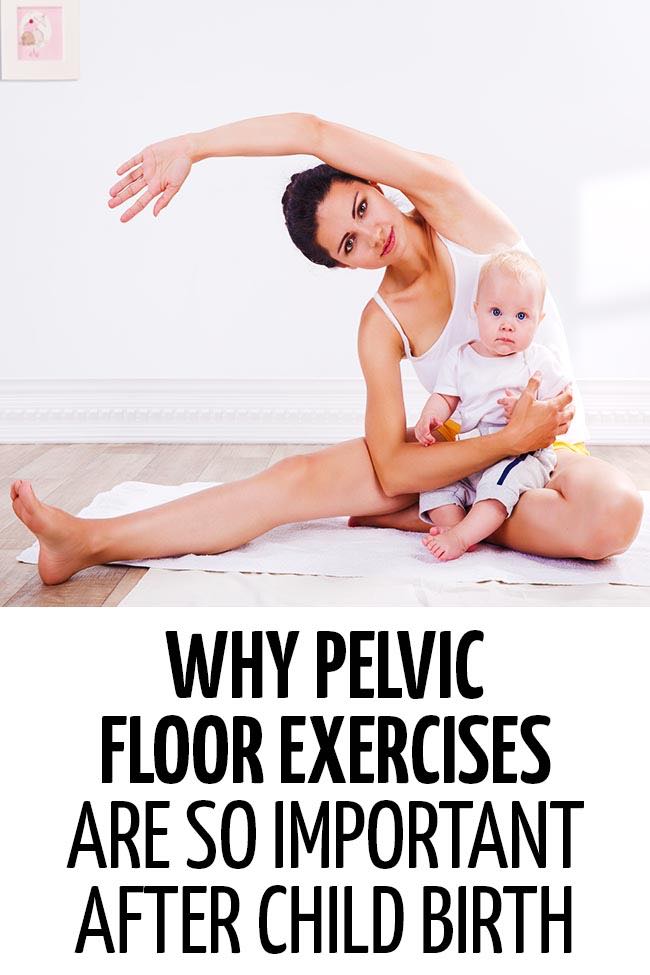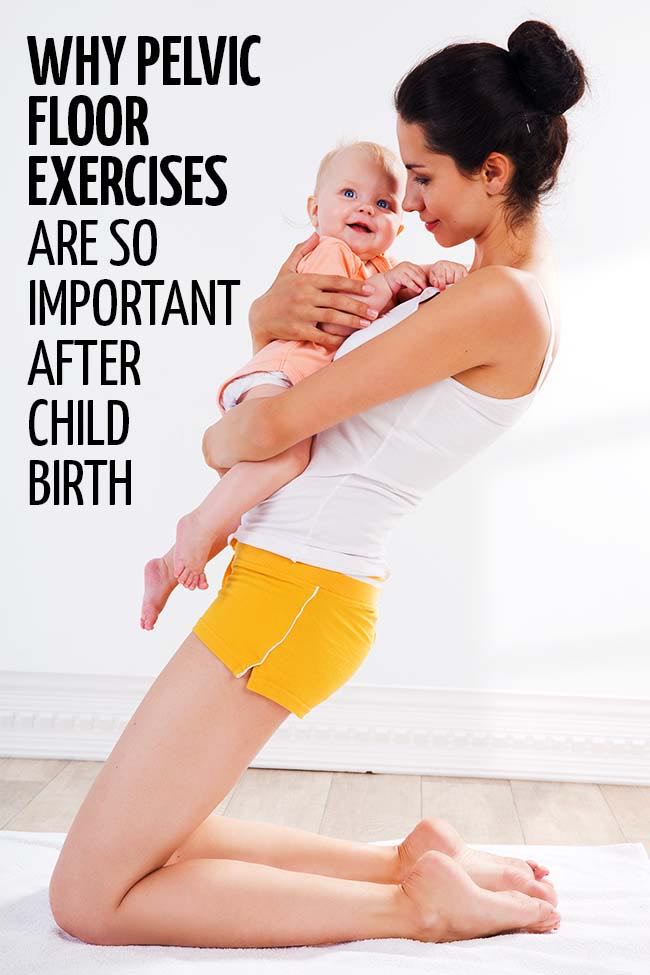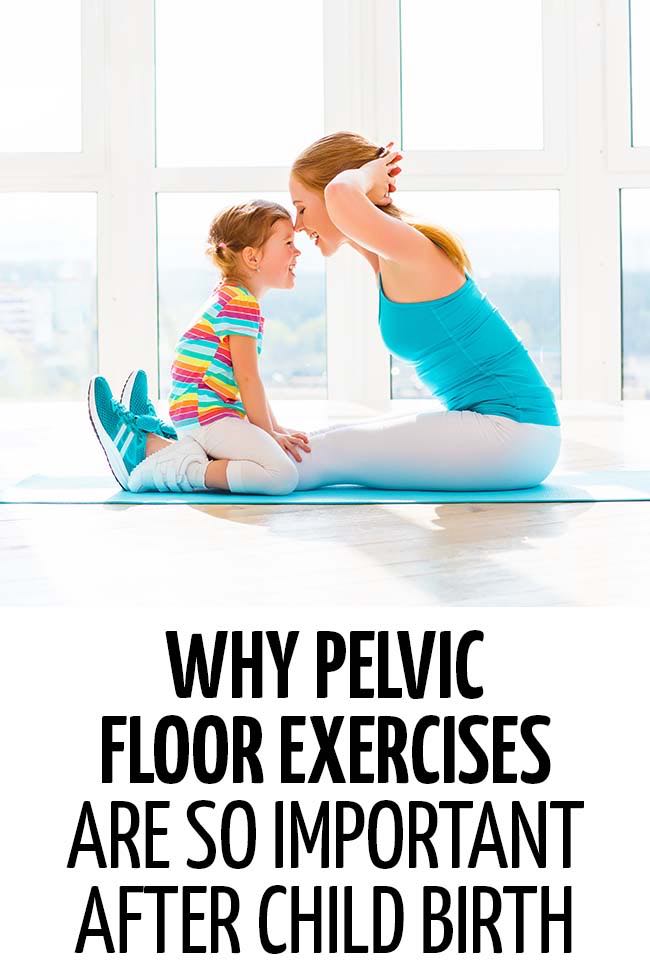My kids are happily playing on a trampoline. They whoop and leap and tumble. I’m in the middle of them attempting to join in but instead, I feel an embarrassing and uncomfortable dampness.
I have 4 kids and suffer from stress incontinence but now I have decided to do something about it.
Today’s article is by Dr. Kim Langdon from Parenting Pod who is going to help us understand why pregnancy affects our ability to “hold it in”.
Pregnancy Weakens Your Pelvic Floor
All women after birth should do strengthening exercises to restore their pelvic floor. Even women who have had a cesarean section.
Pelvic Floor? What's that?
For most women, the pelvic floor means the kegel muscles which are also called the pubococcygeus (PG).
More specifically, the pelvic floor is a whole series of thick muscles that stretch from the tailbone to the pubic bone (back to front) and from the pelvic bones (left to right). The kegel muscle is just one of many interconnecting muscles and fibromuscular tissues that keep internal organs in their proper positions.
Both men and women need a healthy PG.

What does the Pelvic Floor Do?
The pelvic floor is primary to sexual function.
It provides support for the bladder, uterus, and bowel and allows the urethral, vaginal, and anal openings to pass through.
The entire muscle is like a trampoline that can stretch inward and outward.
How Does Our Pelvic Floor Get Damaged?
Repetitive forces or strains can weaken the pelvic floor as can age, trauma, obesity, chronic coughing (smoking), and straining (constipation).
The hormones of pregnancy, the extra weight from the pregnancy, and the added pressure from the baby and during the 'pushing' phase of labor can stretch, weaken, and damage both muscles and nerves of the pelvic floor.
Women who deliver vaginally are at higher risk of long-term problems if postpartum structures are not nurtured and rehabilitated.
Restoring their strength is crucial for the prevention of urinary leakage and bowel leakage. Once the hormones normalize, the muscles will be less stretchy and loose, but they still need a workout to get back to normal.
What Can I Do To Fix My Pelvic Floor?
As everyone understands, exercising muscles of any kind makes them sturdier and stronger and less likely to be damaged by outside forces.
Note: The only way for muscles to contract is to have a functional nerve supply. Without nerves, muscles atrophy or shrink. As muscles shrink, nerve connections diminish. It's a vicious cycle that can be prevented or reversed with a proper regimen of pelvic floor exercises that can be easily performed at home with minimal discomfort or cost.

Types of Pelvic Floor Exercises
Kegels
Squeeze and pull in the muscles around your anus and your vagina at the same time. Lift them up on the inside. You should feel a “lift” each time you squeeze them together. Do not press your thighs or butt cheeks together.
To identify the right muscles, you can try to stop and start your urine stream while urinating. Those are the correct muscles but don't do them while urinating. Otherwise, you might have problems with steady urination down the road.
Kegels can be done almost anywhere, and no one will even know that you are doing them. 10 repetitions and holding to a count of 5-10 seconds should be done a couple of times each day.
Low Pressure Abdominal Exercises
I (Dr Orlena from Snottynoses rather than Dr Kim) have added these in as I had such a fantastic result from doing them. I haven't put myself to the "trampoline test" but I am much happier sneezing in public than I used to be!
Low pressure abdominal exercises or “hypopressive” exercise are a relatively new way to strengthen the pelvic floor. The experts are still debating how they compare to kegels.
The theory is that you reduce the pressure in your abdomen which in turn reduces the pressure on your pelvic floor.
Free 5 Day Challenge
If you’d like to join me trying out low pressure exercises, I’ve put together a 5 day challenge. A little taster of the 30 Day Pelvic Floor Solution. This will take you to my "Dr Orlena" site (rather than this one!)
You’ll be sent a short video every day for 5 Days.
You can join the 5 Day Hypopressive Pelvic Floor Challenge here.
30 Day Pelvic Floor Foundation
I have also put together a longer 30 Day Pelvic Floor Foundation (lessons every day for 5 days of the week.) If you’re not sure they’re for you. Sign up for the free 5 Day Challenge which is like an introductory class to the longer class.

Vaginal Weights or Cones
Sometimes, the best way to know if you are doing the exercises correctly is to buy a set of weighted vaginal cones that you must hold inside the vagina while walking. You gradually build up to the highest weight.
Physical Therapy with Electrical Stimulation Biofeedback
In some cases, especially if there is incontinence or difficulty finding the muscle, a physical therapist that specializes in pelvic floor disorders can help provide feedback by applying tiny electrical pulses to the tissues so that you can tell which muscle is contracting. There are home units as well as professional versions.
What about “kegel” machines?
There are a wide variety of kegel machines on the market, but they depend mostly on contracting without relaxing the muscle.
To be genuinely useful long-term, you need both processes. That is why it is more effective and less expensive to do these kegel exercises at home even if you need a little boost to figure out the right ones to use.
Dr Kim Langdon
Dr. Kim Langdon is a retired obstetrician-gynecologist with 19 years clinical experience. She researches and writes about medical topics related to pregnancy, the postpartum period, and more. For more articles by Dr. Kim Langdon, visit her author page at Parenting Pod: the site for promoting family safety, mental health, and overall well-being.


 Feeding Toddlers.
Feeding Toddlers. Would you like your kids to eat more healthily? Check out the book!
Would you like your kids to eat more healthily? Check out the book!